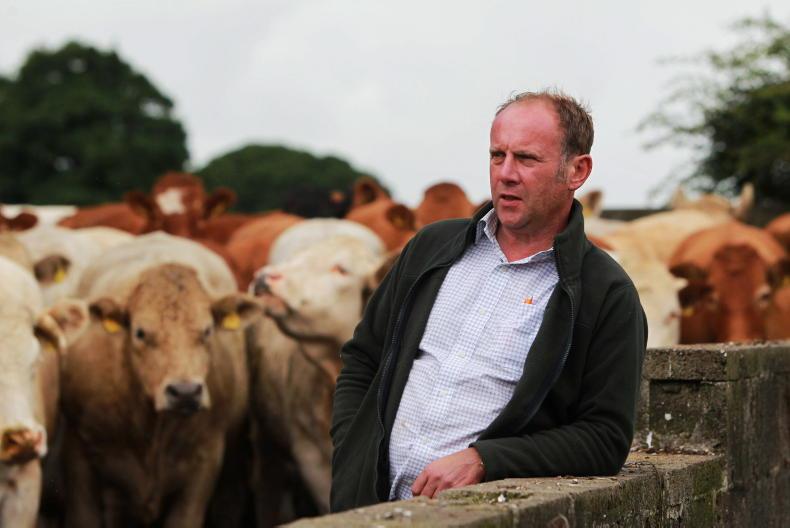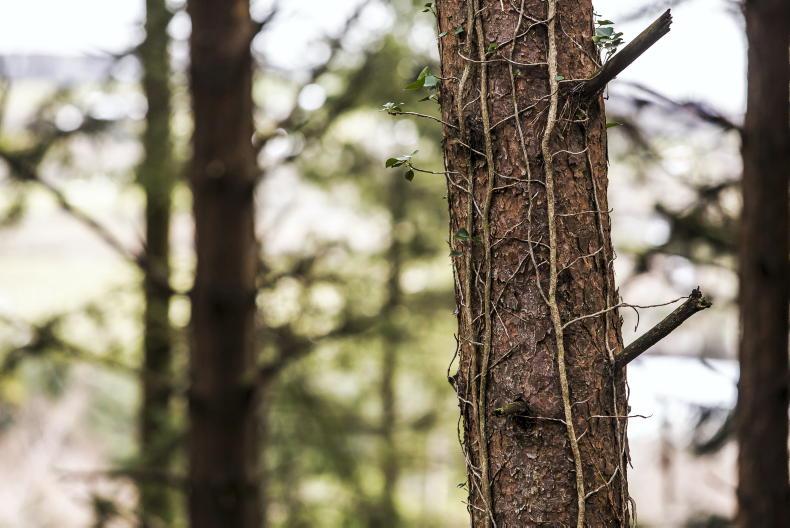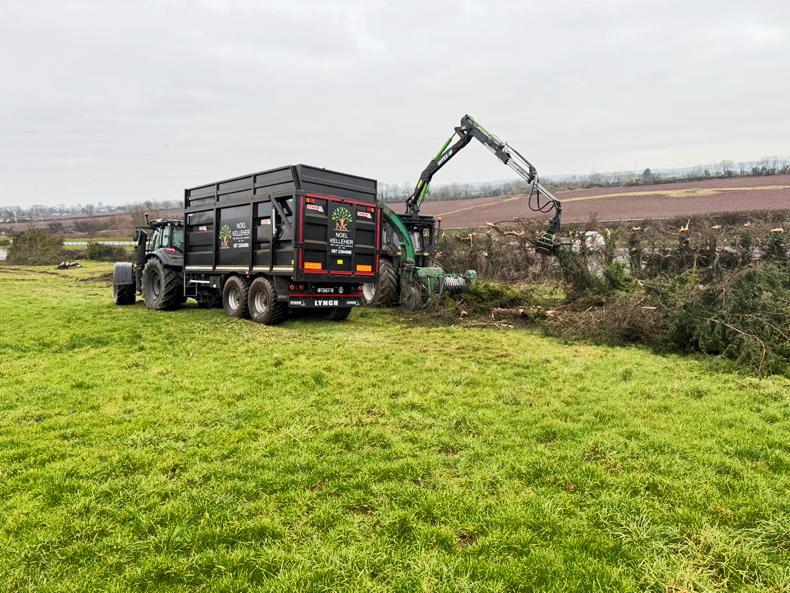On the farm where I live, there’s a lengthy roadway which links the farm to the original home farm. We put it in back in 1985 and it meanders in a very pleasant way, with a gentle fall down through the fields, bordered with a deep ditch. Consequently, it’s a great resource for taking a peaceful, pensive and solitary walk.
But not in the summertime, for there are far too many distractions in the fields.
At about 5.30pm on these winter evenings, when it’s dry and dark, I put on the walking boots, which is a clear sign to the two Jack Russells, Billy and Pippa, that we’re off. Sometime later, we arrive in the moonlit darkness at the beech and oak wood, planted around 1860 to form a tree-lined boundary between the two farms.
We walk a short distance into the blowy wood, to where I have a wooden seat. This bench has been carefully positioned to look out of the narrow wood with a lovely oak right in my line of sight. Sometime ago, I removed an understory of mean-looking trees to show this old fellow in all his glory. The branches rattle overhead and the last of the leaves fall to the forest floor.
It’s a great resource for taking a peaceful, pensive and solitary walk
By now, my eyes are well adjusted to the unspoilt darkness and I sit, listen and reflect. The terriers know the drill and do a mad tear around, rising a startled pheasant and send him shrieking into the night. I invariably focus on the tracery of the oak’s bare branches outlined against the night sky. After maybe 15 minutes, we rise and return. It’s great for the head.
You see, I love trees, in darkness and in light, and in 1999, all the stars aligned for planting 50ac of hardwood forestry. Cattle and grain prices were poor and the Forest Service grants were attractive for planting, and with a 20-year premium, I could realise my dream by planting a millennium forest.
Twenty good acres were planted with oak, which has done well and had two thinnings, which covers costs. The remaining 30ac are a mixture of ash, sycamore and maple, but principally ash.
During all of this, the Forest Service weren’t helpful, with no premium extension for the lost years
This block has been a nightmare from the beginning. Now I wish I’d planted Sitka, but with a high underlying pH, it wasn’t recommended. Within a few years, it was obvious that many of the ash trees (maybe 70%), while growing very rapidly, were totally deformed. It transpired they were of an ash species not native to Ireland. The seed, which had been sourced in France, was the inferior brown bud ash. They had to be removed and replanted with alder and oak, with moderate success.
During all of this, the Forest Service weren’t helpful, with no premium extension for the lost years.
Then ash dieback struck. With no compensation forthcoming, we applied for a felling licence, (which took 17 months) to remove the ash out of the three-species mix. It has now been felled for lowly firewood and it’s a financial disaster. I’d have more money out of one field of wheat than the entire ash sales after 23 years of growth.
With the remaining block of diseased ash, we have applied for the Reconstitution and Underplanting Scheme (RUS) to fell and replant with conifers. This may take two years to grant. But we have to apply for planning permission to replant with spruce – I kid you not. Neither will we be getting any premium.
The bureaucracy is crazy within the Forest Service and it’s in meltdown. Any landowner would be silly to consider planting trees while this mess remains. Me? I’m done with new commercial planting.
Now you see why I need a walk to clear my head? C’mon Billy and Pippa, let’s rip.










SHARING OPTIONS